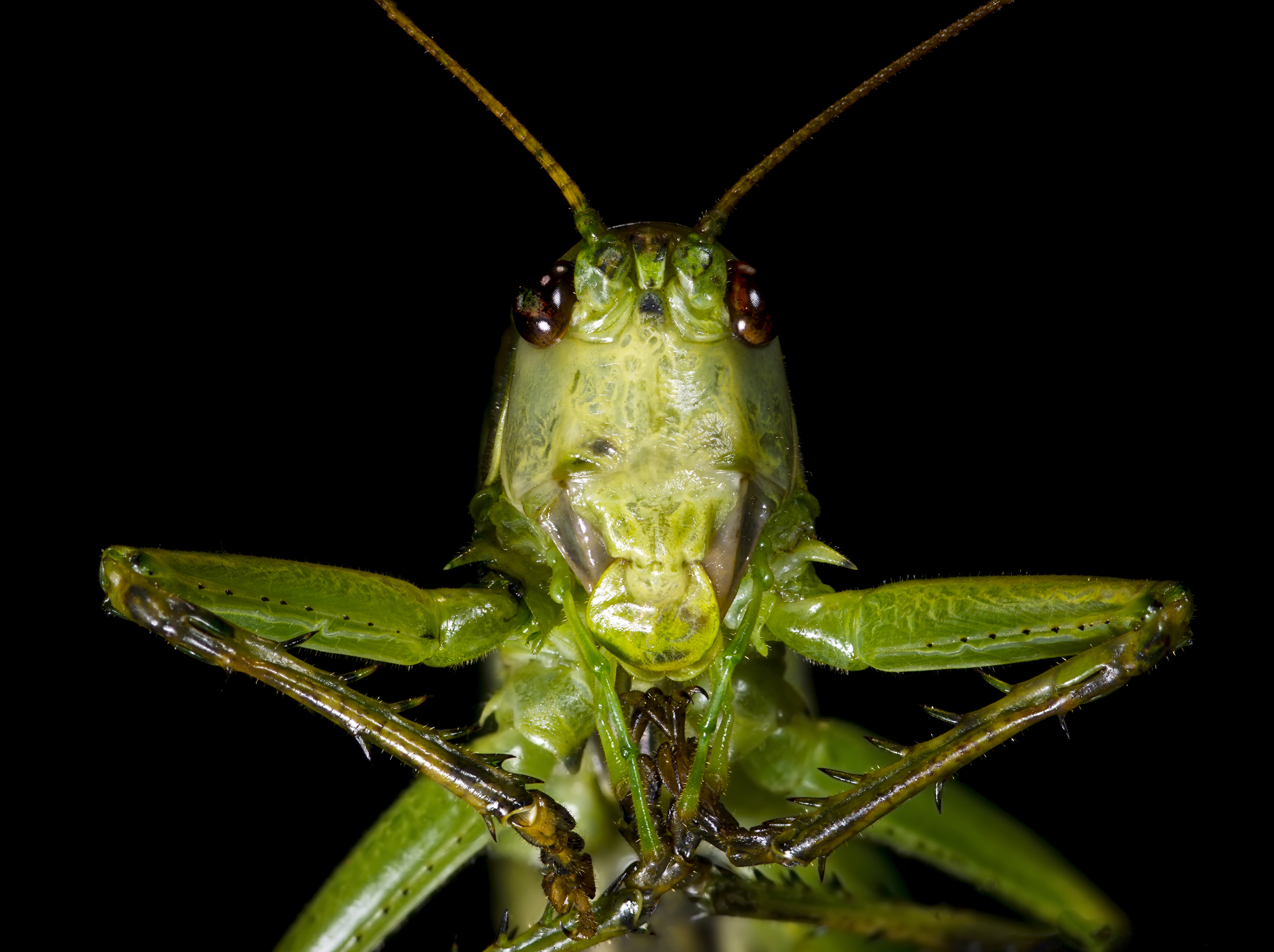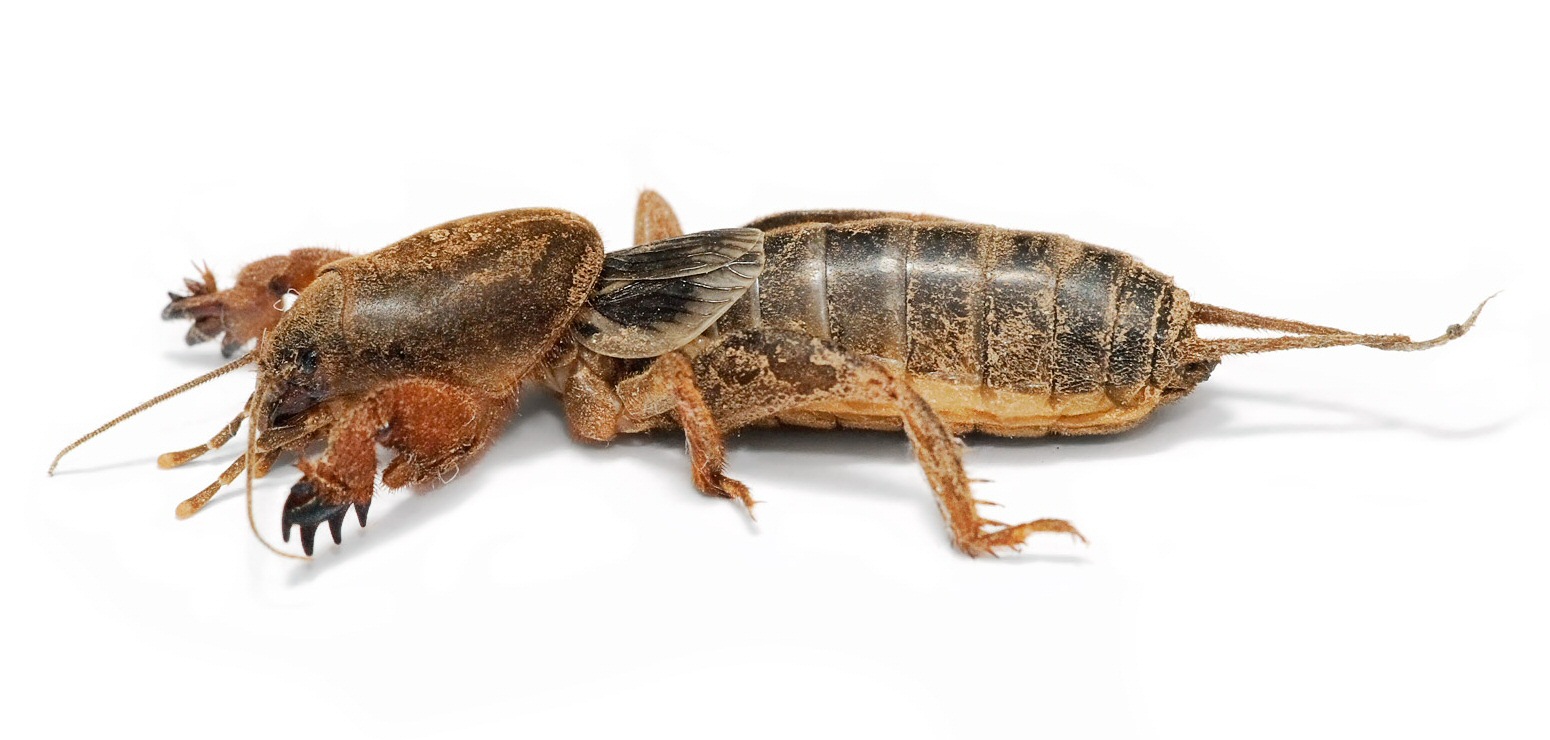|
Vichetia
''Vichetia'' is a genus of Palaearctic bush crickets in the tribe Platycleidini. It was first erected as the subgenus '' Metrioptera'' (''Vichetia'') by K. Harz in 1969 and subsequently elevated to genus level in 2011: belonging to neither the ''Metrioptera'' nor the ''Platycleis'' genus groups.Massa & Fontana (2011) ''Zootaxa'' 2837: 16. Species have been recorded from eastern Europe, with most records from the Balkans The Balkans ( ), also known as the Balkan Peninsula, is a geographical area in southeastern Europe with various geographical and historical definitions. The region takes its name from the Balkan Mountains that stretch throughout the who ... through to Romania and Bulgaria. Species The ''Orthoptera Species File'' lists the following accepted species: # '' Vichetia knipperi'' (Ramme, 1951) # '' Vichetia oblongicollis'' (Brunner von Wattenwyl, 1882) - type species (as ''Platycleis oblongicollis'' Brunner von Wattenwyl) References External links ... [...More Info...] [...Related Items...] OR: [Wikipedia] [Google] [Baidu] |
Palaearctic Realm
The Palearctic or Palaearctic is the largest of the eight biogeographic realms of the Earth. It stretches across all of Eurasia north of the foothills of the Himalayas, and North Africa. The realm consists of several bioregions: the Euro-Siberian region; the Mediterranean Basin; the Sahara and Arabian Deserts; and Western, Central and East Asia. The Palaearctic realm also has numerous rivers and lakes, forming several freshwater ecoregions. The term 'Palearctic' was first used in the 19th century, and is still in use as the basis for zoogeographic classification. History In an 1858 paper for the ''Proceedings of the Linnean Society'', British zoologist Philip Sclater first identified six terrestrial zoogeographic realms of the world: Palaearctic, Aethiopian/ Afrotropic, Indian/Indomalayan, Australasian, Nearctic, and Neotropical. The six indicated general groupings of fauna, based on shared biogeography and large-scale geographic barriers to migration. Alfred Wallace ... [...More Info...] [...Related Items...] OR: [Wikipedia] [Google] [Baidu] |
Tettigoniidae
Insects in the family Tettigoniidae are commonly called katydids (especially in North America), or bush crickets. They have previously been known as "long-horned grasshoppers". More than 8,000 species are known. Part of the suborder Ensifera, the Tettigoniidae are the only extant (living) family in the superfamily Tettigonioidea. They are primarily nocturnal in habit with strident mating calls. Many species exhibit mimicry and camouflage, commonly with shapes and colors similar to leaves. Etymology The family name Tettigoniidae is derived from the genus '' Tettigonia'', first described by Carl Linnaeus in 1758. In Latin ''tettigonia'' means a kind of small cicada, leafhopper; it is from the Greek τεττιγόνιον ''tettigonion'', the diminutive of the imitative ( onomatopoeic) τέττιξ, ''tettix'', cicada. All of these names such as ''tettix'' with repeated sounds are onomatopoeic, imitating the stridulation of these insects. The common name ''katydid'' is also on ... [...More Info...] [...Related Items...] OR: [Wikipedia] [Google] [Baidu] |
Platycleidini
The Tettigoniinae are a subfamily of bush crickets or katydids, which contains hundreds of species in about twelve tribes. Distribution The greatest diversity is in the Palaearctic region and many of the familiar European species of bush crickets (''e.g.'' in the genera ''Metrioptera, Pholidoptera, Platycleis'' and the type genus ''Tettigonia'') are in this subfamily. They are attributed to an ancient Gondwana fauna, which is reflected in the known distribution of the southern African genera, which are in turn related to Australian and North American genera in the tribe Nedubini (''e.g. Neduba'' and '' Aglaothorax''). Extant genera are native to: the Americas (where they may be called shield-backed katydids), Australia, southern Africa, Europe (especially Mediterranean), and the Near East. The faunas of the Neotropics and Australia are more closely related to one other than to those of southern Africa and Madagascar (in tribe Arytropteridini), although the three faunas are rela ... [...More Info...] [...Related Items...] OR: [Wikipedia] [Google] [Baidu] |
Metrioptera
''Metrioptera''Wesmaël (1838) ''Bull. Acad. Sci. Bruxelles'' 5: 592. is a genus of insects in the tribe Platycleidini and subfamily Tettigoniinae, include the ''bog'' and ''meadow bush crickets''. They are found in Eurasia. Species Species include: *'' Metrioptera ambigua'' Pfau, 1986 *''Metrioptera brachyptera ''Metrioptera brachyptera'' is a species in the family Tettigoniidae commonly called the bog bush cricket. ''M. brachyptera'' has a body length of 12–16 mm, with color ranging from brownish, with green elements on the upper side of the he ...'' (Linnaeus, 1761) *'' Metrioptera buyssoni'' (Saulcy, 1887) *'' Metrioptera caprai'' Baccetti, 1956 *'' Metrioptera hoermanni'' (Werner, 1906) *'' Metrioptera karnyana'' Uvarov, 1924 *'' Metrioptera maritima'' Olmo-Vidal, 1992 *'' Metrioptera prenjica'' (Burr, 1899) *'' Metrioptera saussuriana'' (Frey-Gessner, 1872) *'' Metrioptera tsirojanni'' Harz & Pfau, 1983 References {{Taxonbar, from=Q1307832 Tettigoniinae Tet ... [...More Info...] [...Related Items...] OR: [Wikipedia] [Google] [Baidu] |
Genus Group Platycleis
''Platycleis'' is a genus of bush crickets described by Fieber in 1853, belonging to the subfamily Tettigoniinae. The species of this genus are present in Europe, North Africa and temperate Asia. Biology Studies conducted in 2010 at the University of Derby by Karim Vahed, Darren Parker and James Gilbert found that the tuberous bushcricket (''Platycleis affinis'') has the largest testicles in proportion to body mass of any animal recorded. They account for 14% of the insect's body mass and are thought to enable a fast re-mating rate. ''Platycleis albopunctata'' is the grey bush cricket and occurs in the British Isles. Species The ''Orthoptera Species File'' lists the following accepted species: # ''Platycleis affinis'' Fieber, 1853 # ''Platycleis albopunctata'' (Goeze, 1778) # '' Platycleis alexandra'' (Uvarov, 1926) # ''Platycleis buzzettii'' Massa & Fontana, 2011 # ''Platycleis concii'' Galvagni, 1959 # ''Platycleis curvicauda'' Podgornaya, 1988 # ''Platycleis escalerai'' Bo ... [...More Info...] [...Related Items...] OR: [Wikipedia] [Google] [Baidu] |
Balkans
The Balkans ( ), also known as the Balkan Peninsula, is a geographical area in southeastern Europe with various geographical and historical definitions. The region takes its name from the Balkan Mountains that stretch throughout the whole of Bulgaria. The Balkan Peninsula is bordered by the Adriatic Sea in the northwest, the Ionian Sea in the southwest, the Aegean Sea in the south, the Turkish Straits in the east, and the Black Sea in the northeast. The northern border of the peninsula is variously defined. The highest point of the Balkans is Mount Musala, , in the Rila mountain range, Bulgaria. The concept of the Balkan Peninsula was created by the German geographer August Zeune in 1808, who mistakenly considered the Balkan Mountains the dominant mountain system of Southeast Europe spanning from the Adriatic Sea to the Black Sea. The term ''Balkan Peninsula'' was a synonym for Rumelia in the 19th century, the European provinces of the Ottoman Empire. It had a geop ... [...More Info...] [...Related Items...] OR: [Wikipedia] [Google] [Baidu] |
Orthoptera Of Europe
Orthoptera () is an order of insects that comprises the grasshoppers, locusts, and crickets, including closely related insects, such as the bush crickets or katydids and wētā. The order is subdivided into two suborders: Caelifera – grasshoppers, locusts, and close relatives; and Ensifera – crickets and close relatives. More than 20,000 species are distributed worldwide. The insects in the order have incomplete metamorphosis, and produce sound (known as a "stridulation") by rubbing their wings against each other or their legs, the wings or legs containing rows of corrugated bumps. The tympanum, or ear, is located in the front tibia in crickets, mole crickets, and bush crickets or katydids, and on the first abdominal segment in the grasshoppers and locusts. These organisms use vibrations to locate other individuals. Grasshoppers and other orthopterans are able to fold their wings (i.e. they are members of Neoptera). Etymology The name is derived from the Greek ὀρθ ... [...More Info...] [...Related Items...] OR: [Wikipedia] [Google] [Baidu] |
Ensifera Genera
Ensifera is a suborder of insects that includes the various types of crickets and their allies including: true crickets, camel crickets, bush crickets or katydids, grigs, weta and Cooloola monsters. This and the suborder Caelifera (grasshoppers and their allies) make up the order Orthoptera. Ensifera is believed to be a more ancient group than Caelifera, with its origins in the Carboniferous period, the split having occurred at the end of the Permian period. Unlike the Caelifera, the Ensifera contain numerous members that are partially carnivorous, feeding on other insects, as well as plants. ''Ensifer'' is Latin for "sword bearer", and refers to the typically elongated and blade-like ovipositor of the females. Characteristics Characteristics shared by the two orthopteran suborders, Caelifera and Ensifera, are the mouthparts adapted for biting and chewing, the modified prothorax, the hind legs modified for jumping, the wing shape and venation, and the sound-producing strid ... [...More Info...] [...Related Items...] OR: [Wikipedia] [Google] [Baidu] |


